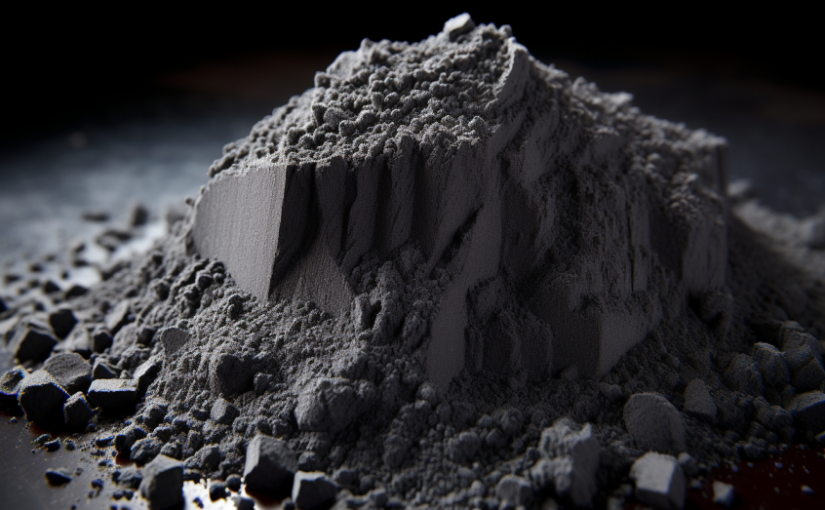Zirconium hydride, a compound of zirconium and hydrogen, has been making waves in various industries due to its exceptional properties and versatile applications. This remarkable material’s significance continues to grow as researchers and engineers uncover new ways to utilize it. In this article, we’ll explore the properties, applications, and recent advancements of zirconium hydride.
Properties of Zirconium Hydride
Zirconium hydride is an intermetallic compound formed by the reaction between zirconium and hydrogen. It exhibits several key properties that make it attractive for various applications:
- Hydrogen Storage: Zirconium hydride is an efficient hydrogen storage material. It can absorb and release hydrogen reversibly, making it valuable for hydrogen storage systems. Hydrogen, as a clean and sustainable energy carrier, is of great interest for fuel cells and other energy storage applications.
- High Thermal Neutron Capture Cross-Section: In nuclear applications, zirconium hydride is used for its high thermal neutron capture cross-section. It can absorb neutrons effectively, making it an ideal material for controlling nuclear reactions and ensuring reactor safety.
- Low Density: Zirconium hydride has a relatively low density, making it useful in aerospace applications. It is employed as a moderator and reflector material in nuclear reactors used for space missions. Its low density contributes to reducing the weight of these reactors.
Applications of Zirconium Hydride
Zirconium hydride has found applications in several fields:
- Nuclear Reactors: Zirconium hydride is commonly used in nuclear reactors as a moderator, reflector, and neutron absorber. These reactors play a crucial role in both space and terrestrial applications, where zirconium hydride ensures efficient neutron control.
- Hydrogen Storage: Due to its hydrogen storage capabilities, zirconium hydride is used in hydrogen fuel cell technology. It can absorb and release hydrogen gas at relatively low pressures and temperatures, which is essential for the practical implementation of hydrogen as a clean energy source.
- Aerospace: Zirconium hydride’s low density makes it valuable in aerospace applications. It is used in the construction of nuclear reactors for space missions, where minimizing weight is crucial for launch and operation.
- Nuclear Safety: In nuclear power plants, zirconium hydride can play a role in enhancing safety. By absorbing neutrons and preventing uncontrolled nuclear reactions, it contributes to reactor stability.
Recent Advancements
Recent research and advancements in zirconium hydride have opened up new possibilities for its application. Scientists and engineers are exploring innovative ways to harness the unique properties of this material:
- Hydrogen Fuel Cells: With a growing emphasis on clean energy, zirconium hydride’s hydrogen storage capabilities are receiving increased attention. Research is ongoing to develop efficient hydrogen storage systems for use in fuel cells to power vehicles and provide backup power for various applications.
- Space Exploration: As the aerospace industry continues to advance, zirconium hydride remains a material of interest for nuclear power in space missions. Ongoing developments focus on optimizing its use in space reactors to power spacecraft during extended missions.
- Nuclear Reactor Safety: Nuclear reactor safety is a critical concern, and zirconium hydride’s neutron absorption properties have led to research on its application in next-generation nuclear reactors. By enhancing safety features, zirconium hydride can contribute to the development of safer and more efficient nuclear energy solutions.
In conclusion, zirconium hydride is a material with exceptional properties that make it valuable in a variety of applications, from hydrogen storage and nuclear reactors to aerospace and nuclear safety. Recent advancements continue to expand its potential, offering solutions to current and emerging challenges in clean energy, space exploration, and nuclear technology. As research into zirconium hydride advances, we can expect to see even more innovative applications of this versatile material in the near future.
For more information, please visit https://www.samaterials.com/.
